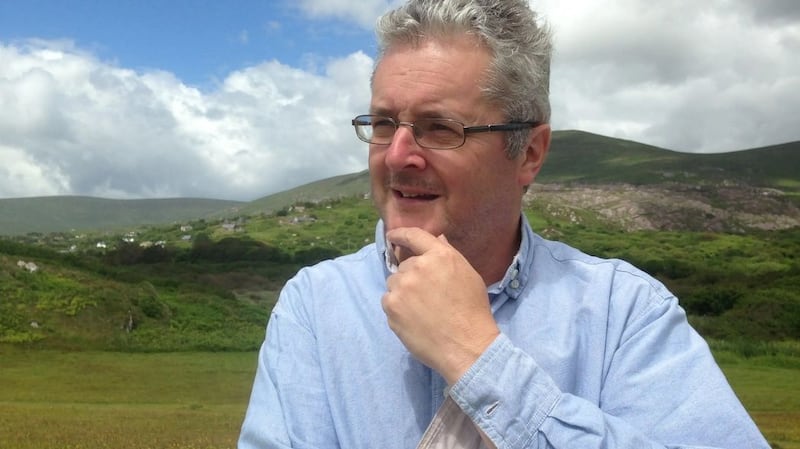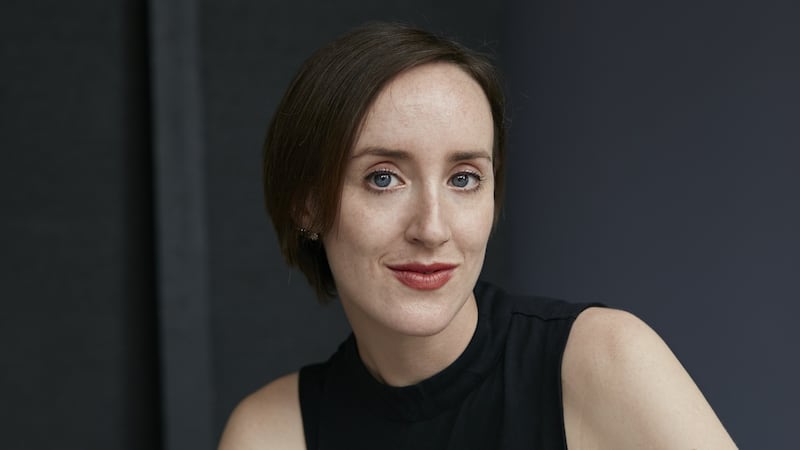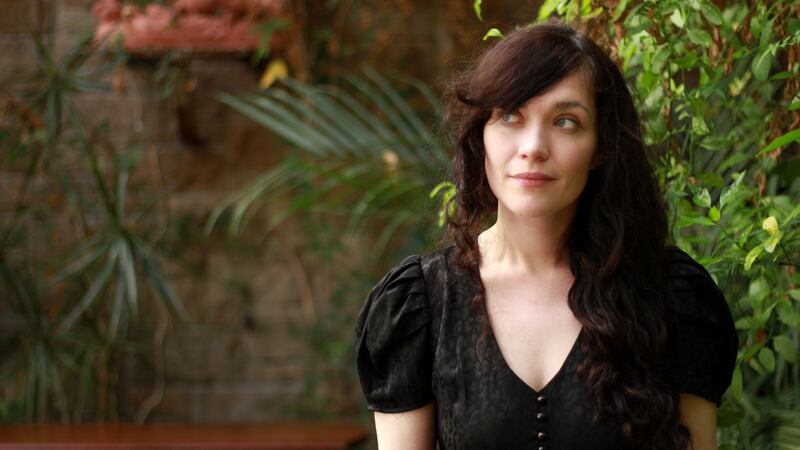When it comes to writers getting their work to a final draft, there’s a lot of heartache to contend with. A lot of crossing out, of writing back in, of falling in and out of love with plot, place, character. Ultimately, it’s all about decision making. How do writers draw a red line through their work and make the cut? How do they kill their darlings?
Chiamaka Enyi-Amadi
I tend to edit as I write, however ill-advised. I rarely do a brain dump. I whittle away the rough barks of words as I go. I envy writers who type away without a care in the world, step away, and come back to tidy it all up. The problem is if I don't write and edit in the same sitting, I fear I may never return to the text. One might accuse me of being obsessed "with austerity [as] an attempt to compensate, to make writing resemble a real job - " (Nick Hornby, The Polysyllabic Spree). Well, I have no interest in pretending to have a "real job".
I am an unabashed chronic procrastinator-perfectionist, or better yet a big believer in early intervention. I value my re-editing practice. When I re-edit a poem, essay, or story I conjure a sculptor handling a block of marble – with a conscious awareness that the work has been completed by powerful forces of heat and pressure in the Earth's crust and improved upon by the rigorous functionality of the marble cutter's machine. The sculptor knows her task is unrelated – an artistic pursuit informed by a set of independent and cultural interests, biases and ambitions.
Chiamaka Enyi-Amadi is a writer, editor and performer. Chiamaka is one of 100 contributors to The Art of the Glimpse, an anthology of stories edited by Sinéad Gleeson. The Art of the Glimpse is the Official Red Line Book Festival Book for 2020 and will be recommended to book clubs across South Dublin County.

Christine Dwyer Hickey
I edit in fits and starts. Sometimes I find myself reworking a chapter over and over. This applies in particular to the first chapter, which could have dozens of versions before I consider it strong enough to serve as springboard into the rest of the novel. Occasionally, I loosen my grip long enough for a chapter to find its own way out. By and large, though, I edit as I go along. For me, this helps to keep control of the novel and also allows new ideas to sneak in under the door when you least expect them.
And I always, always, leave a novel in the drawer as soon as it’s completed. I leave it there until it is whimpering to get out. And then I release it and start all over again. Word by word, line by line – however, this time, I do it by ear.
I think it’s important to listen to your novel. If something is not right, if a sentence jars or an emotion is overdone, your ear will alert you.
I neither enjoy nor resent the process. It has to be done, that's all.
Christine Dwyer Hickey is an Irish novelist, short story writer and playwright. Christine is one of 100 contributors to The Art of the Glimpse, by Sinéad Gleeson.

Paul McVeigh
When I moved to London, I wrote scripts with comedians for stage and TV. The rule was: every line has to further the plot, reveal character or be funny. If the line doesn't do at least one of those things (better if it does two or all three), then you have to cut it. Simple. I still use this to help me edit. Editing is difficult but it can be enjoyable; the better I get at it, the more I do. Like writing as a whole, I love it at times. Other times it can be frustrating, especially when I don't know how to fix something. When I do, then I get excited.
Paul McVeigh is a writer living in Belfast. Paul is one of 100 contributors to The Art of the Glimpse, edited by Sinéad Gleeson.

Peter Sirr
Norman MacCaig used to say his poems were either one-cigarette poems or two-cigarette poems. That is, they came quickly and left themselves pretty well set up on the page. Poetry can be like that: you're in, you're out. And that really is the best. But sometimes it's long and slow: a word here, a line there, please let me finish this sometime.
For poets I think silence is a great editor: the big silence out of which poems come, the silence they hide in for weeks, months, years even. And all the time the back mind, the reclusive mind, is working away on them. I show the poems to myself first of all, and marvel or despair. When I think I’ve finished something I’ll put it away in a dark corner of the computer before daring to look at it again. I’ll select it, copy and paste it, chip away, begin again, make a hames of it, alter the grammar. There’s magic in grammar.
Eventually my wife, also a poet, gets a look in. The printer is in her room. The worst is, because nobody wants to be like themselves, and all decent poems have long since packed their bags and left the building: "Saw that poem you left in the printer. Very Peter Sirr."
Peter Sirr is an award-winning poet and judge of this year's Red Line Book Festival Poetry Competition.

Jessica Traynor
When the idea for a poem comes to me I email a few lines to myself on the go. I'd love to tell you I carry a beautiful Moleskine notebook around, but life rarely seems to permit that kind of preparedness. So I use my phone, and the tagline "poem stuff" so I can easily search back through emails every once in a while and see what mad ideas have crossed my mind.
I like to allow these thoughts and fragments to germinate for a while before I go back to them, and then I generally gather them into a working document. Some of the emails will be single lines, others will be fragments or even entire poems, badly formatted and peppered with autocorrect weirdness.
I’m sure I’m not the only writer who’s cursed the too-short lead on their phone charger while typing something into their phone at an awkward angle from their bed at 2am.
As I’m writing the poem/ fragment into the working document, I edit as I go. Then, I’ll share work with some poets I’ve been working with for the past decade. We meet once a month to share and edit two poems each. Recently we’re meeting via Zoom which isn’t the same, but has been a lifeline during the lockdown. The decade spent with the group has been as useful for garnering self-awareness about why and how you get things wrong, as much as it has about uncovering latent talents. These are the two sides of editing and balancing them is everything.
When it comes to editing, it absolutely depends on the piece in question. Often, I dread it, because I don't feel completely in control of the process. It's practical work with no real roadmap, and that's scary. And it forces you to face up to your own laziness and vagueness as a writer – that's hard. But once you get into the flow and start to see results, it is of course worth it. Sometimes, when inspiration strikes, it can be a pleasure. But I think that "left-brain" kind of inspiration, the problem-solving kind, is harder to summon and sustain than the right-brain flush of creativity that comes at the beginning of the writing process.
Jessica Traynor is a poet and creative writing teacher from Dublin. Jessica will moderate the event Unshelved, in in conversation with poets Linda McKenna, Seán Hewitt and Kerry Hardie.

Deirdre Sullivan
I edit as I write, I tend to read the previous days' words before I start the new day's, and will take a pause from writing and read over the manuscript once I hit certain milestones, or to make sure a particular scene is earned. I am a writer who starts with character, and voice, and because of that I have to work hard at structuring the plots of my novels. This may be partly why I find retelling old stories so compelling, the hard bit is done for me!
Every book you write teaches you something that you take to the next book, and every editor who has input in building your work lends you something as well, another pair of eyes to see through, a perspective. It’s an incredible gift for a writer and I’m fascinated by the different ways they approach a piece of work as well – it seems there are as many ways to fix a story as there are to tell one.
A piece would generally have to be at the third-draft stage or further along before I would be ready to work on it with someone else. I need to have a sense of what I'm making, and the shape I want it to take, so that I can make sure we're both working towards the same goal, and explain clearly why certain things feel right to me, or wrong.
Deirdre Sullivan is a teacher and YA author. Deirdre will moderate a discussion with the writer Doireann Ní Ghríofa.



















